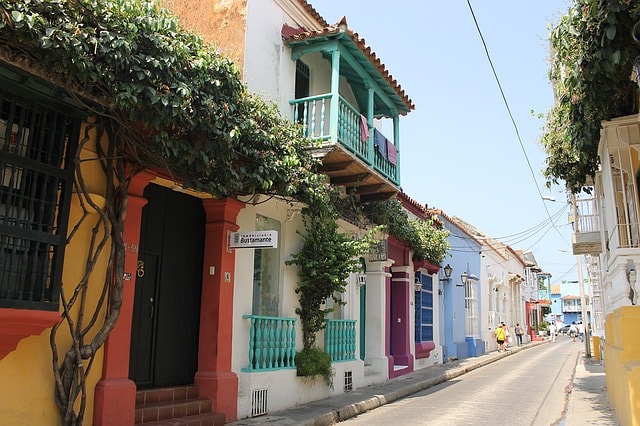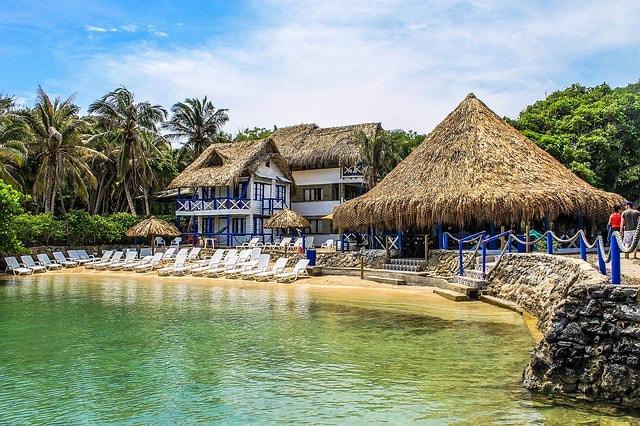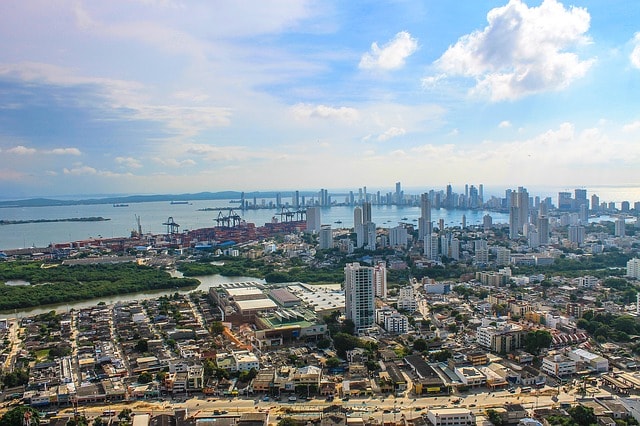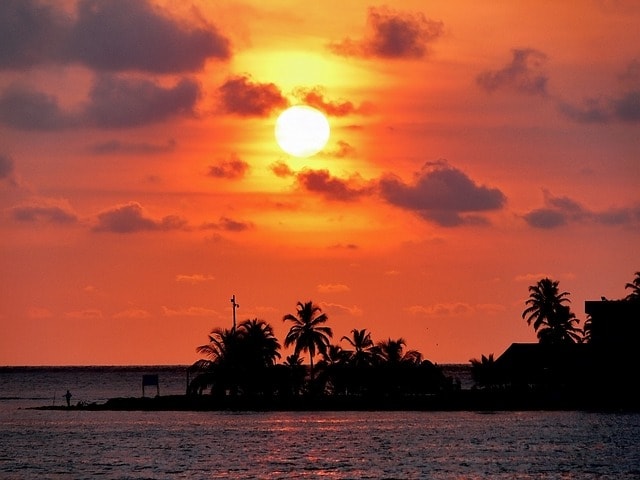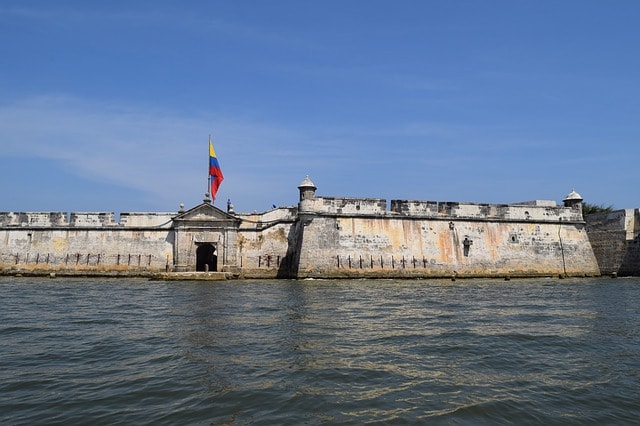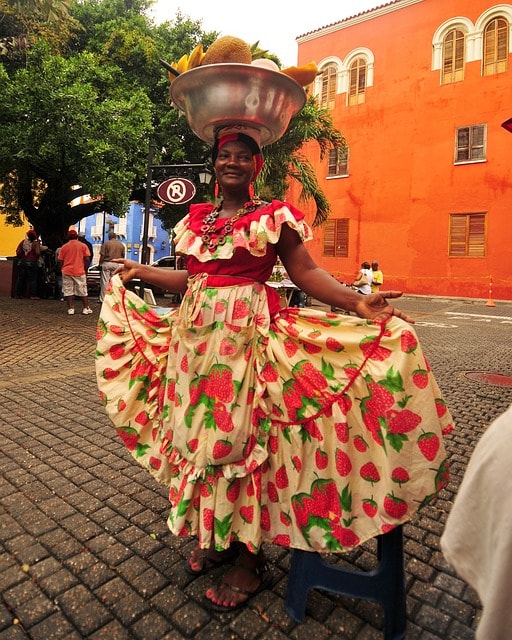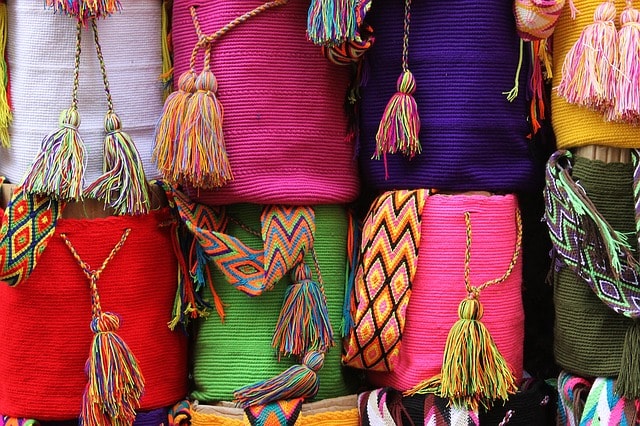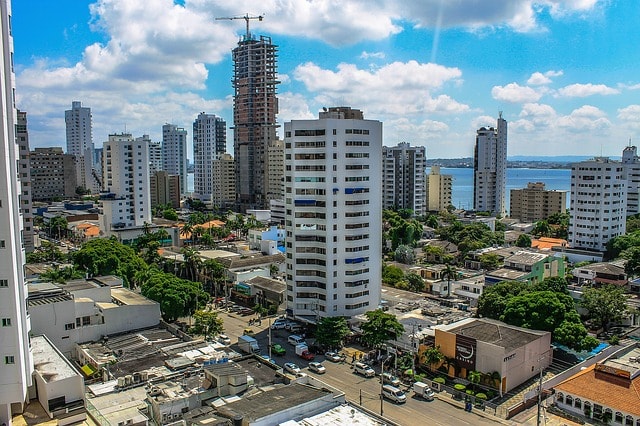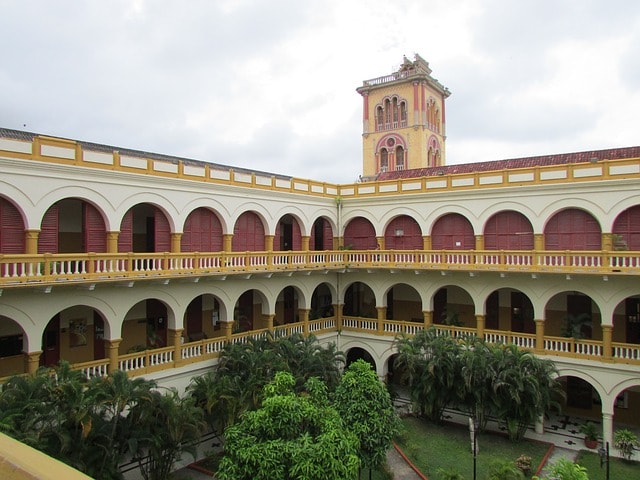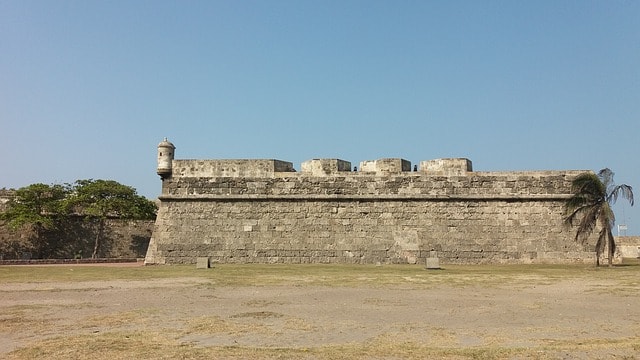The most Caribbean of the cities of Colombia. Its permanent climate of sun, heat, beaches, is one of its main attractions, which is why it is a permanent venue for activities and festivals. In addition, its colonial past left the city full of religious, civil and military buildings that deserve a visit from the tourist, both the one who visits the city for the first time and the one who returns to it, attracted by its innumerable charms. As a port city, the military structure was designed to protect it from pirate attacks that occurred frequently in past centuries. From these buildings survives the San Felipe de Barajas Castle, one of the largest of its kind in Latin America with a privileged view of the city. Also the San Pedro Claver Convent, whose original construction dates from 1580.
Cartagena de Indias
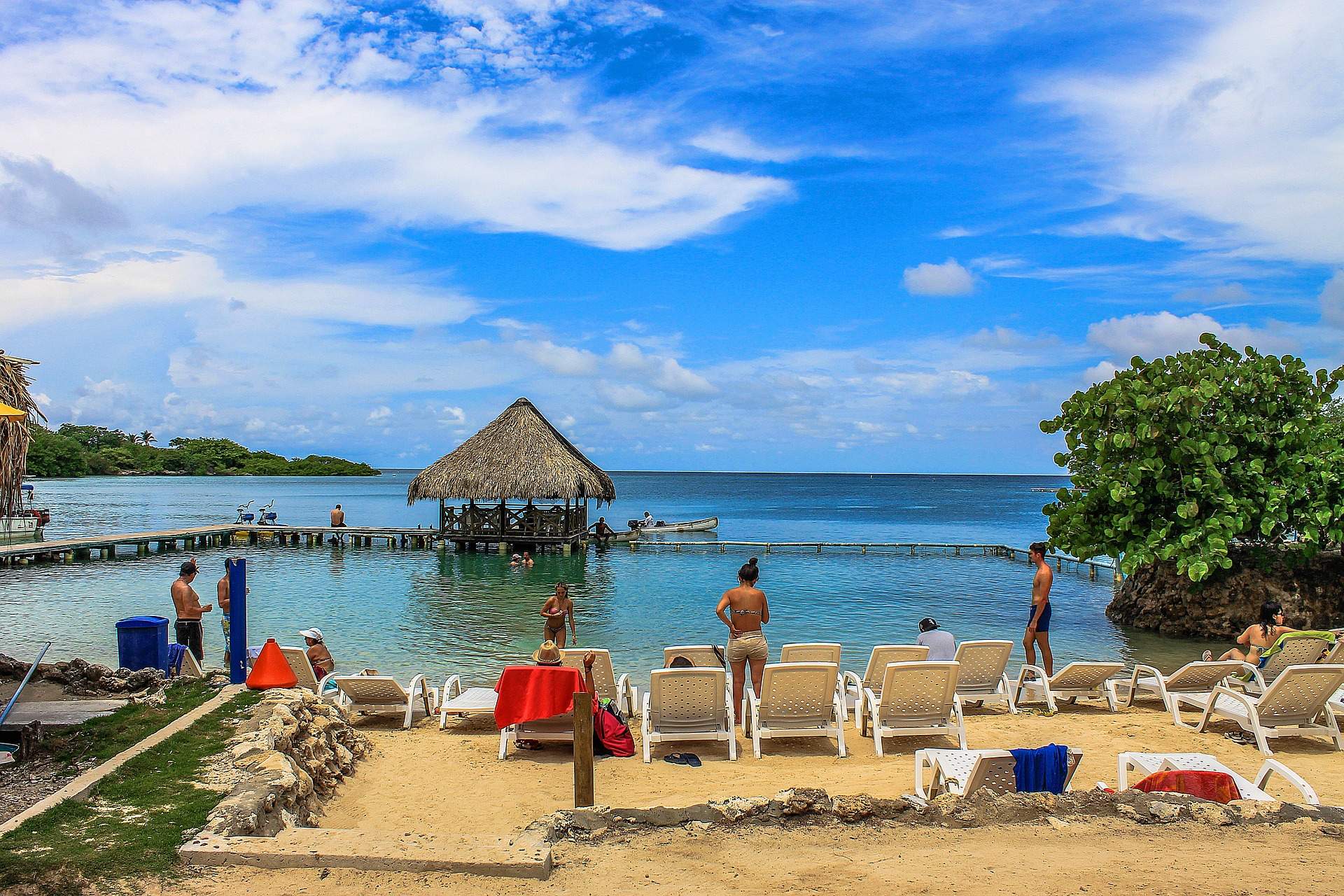
Cartagena de Indias in Bolivar (Colombia)
Cartagena de Indias guide
What to do in Cartagena de Indias
Zenú Gold Museum:
Located in the surroundings of Plaza Bolívar, it corresponds to one of the tourist sites of Cartagena de Indias, a must for any lover of history, a museum that stands out for its collections of gold, ceramics and bones from various pre-Columbian cultures.
Among these are the jewels and ceramics of the Zenú Culture, the true protagonist of the museum, a civilization that inhabited the plains of the Colombian Caribbean for approximately four thousand years, known for its elaborate hydraulic techniques through drainage channel systems. Other cultures that the museum collects correspond to Tayrona, Calima and Muisca, the last one famous for its association with the Legend of El Dorado. For schedule information visit the museum site.
Inquisition Palace:
Also located in Plaza Bolivar, corresponds to an emblematic building that housed the Court of the Holy Office of the Inquisition, an institution that dictated the trials and interrogations against the alleged heretics in the eighteenth century.
This construction stands out for the beauty of its colonial architecture, considering itself one of the best exponents of Cartagena's civil architecture, with an imposing stone doorway reminiscent of a Baroque church and carved wooden carpentry appreciable in its details. Today it is the headquarters of the Historical Museum of the Indies, housing unique collections of the terrifying machinery and objects used for interrogations, trials and tortures at the time of the Inquisition.
Heredia Theater:
Magnificent building of eclectic style raised in 1902, designed by Luis Felipe Jaspe, the same architect who designed the Clock Tower of Cartagena. The building was built on the foundations of the old chapel of La Merced, taking advantage of its original structure of three naves.
Walls of Cartagena:
Conceived in order to protect the city from the continuous attacks of corsairs and pirates, who came to plunder the port, attracted by the riches that were sent from its shores to Spain.
San Felipe Castle:
One of the most famous tourist sites of Cartagena, corresponding to a castle built in the seventeenth century, considered the most outstanding work of Spanish military engineering in America. The castle, like the historic center of the city of Cartagena de Indias and its group of fortifications, is part of the list of World Heritage Sites by UNESCO.
Cerro de la Popa:
Highest point of Cartagena de Indias, strategic position that allows privileged views of both the ancient city, the Caribbean Sea, the Island of Tierrabomba and La Boquilla.
Peninsula of Barú:
Coastal zone located to the south of Cartagena de Indias at 45 minutes of navigation, known for its paradisiacal beaches almost untouched by white sands, transparent waters, mangrove forests and coral reefs.
Within the area of ??the Peninsula of Barú there are a series of small towns that group a total population of approximately 10,000 people, all characteristic for their rather simple infrastructures that maintain the charm of a rustic village.
San Bernardo Archipelago:
Made up of a set of 10 islands that are also part of the Coral Islands of the Rosario Natural Park.
Within its islands, the most famous corresponds to Múcura, an idyllic landscape of warm and crystalline waters, with colors that degrade between green and blue, along with lush mangrove forests where hiking. Tintipán only five minutes by boat from the first, is also well known for its magnificent coral reefs, considered among the best in Colombia for snorkeling.
Food in Cartagena de Indias
The gastronomy of Cartagena is a mixture of intense flavors that are cultivated in their lands and produce indescribable sensations when combined with some birds, red meats and products of the swamp, the rivers and the sea. Every bite is a party on the palate!
The cuisine of Cartagena has a popular origin, which is based on fried foods, rice dishes, soups and stews; but it is also a cuisine that adopts elements from other areas of the world, such as meats cooked over low heat, with vegetables, and based on delicious, shiny sauces and strong flavors.
One of the traditions of the cuisine of Cartagena is known as arroz con carne en tabaquito: small pieces of salted and stewed meat that when mixed with rice create a very pleasant dish, with deep textures and aromas.
You can also find meat empanadas and the famous egg arepa; soups such as sancocho and mote de queso, which contains yam, are some delicacies that can be tasted in Cartagena and its surroundings.
YOU HAVE TO TRY THEM!
The post Cartagena (prepared with beef), the sweet banana in temptation and a wide variety of fruits to make juices are part of the cuisine of Cartagena.
Rice with coconut
In rice with coconut the flavor and joy of the Colombian Caribbean are summarized.
Arepa e 'egg
The arepa e 'egg is a traditional preparation that is perfect for breakfast.
WHERE TO EAT?
Elegant restaurants dedicated to haute cuisine in the historic center and a diverse range of places serving Creole and international dishes combine to please travelers.
Climate in Cartagena de Indias
Cartagena has a tropical climate, where in its dry season, humidity is around 85% and with temperatures of around 87.8º F or perhaps more. The days of rain on average are 6, and the winds blow towards the end of the afternoon, making the humidity much more bearable.For the wet period, Cartagena maintains its usual humidity adding: rainfall of approximately 90 days of the wet period with rains; many clouds covering the sun; but temperatures of 86º F are maintained. To them we must add tropical storms and cyclones.

 Español
Español
 Français
Français
 Italiano
Italiano
 Português
Português
 Deutsch
Deutsch
 简体中文
简体中文
 Filipino
Filipino
 Bahasa Malaysia
Bahasa Malaysia
 日本語
日本語
 한국어
한국어
 Tiếng Việt
Tiếng Việt
 ภาษาไทย
ภาษาไทย
 繁體中文
繁體中文
 हिन्दी
हिन्दी










